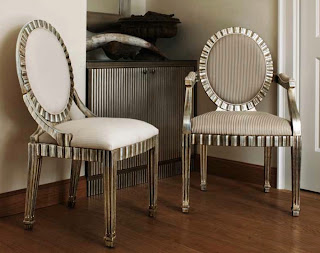We sit in chairs.
We sit. We sit in chairs. Chairs are easy to take for granted but are fascinating. Chairs are everywhere we go, with infinite variations.
At the same time, those variations and changes hold so much meaning. As
a primarily western cultural symbol, a chair has social and cultural
meaning. Chairs can communicate status and lifestyle, emotion and comfort.
The word “chair” itself can be a metaphor for a respected position,
such as “chairperson” or “county seat.” The spaces we inhabit are shaped
by our seating. Consider the difference in chair arrangement between a
classroom, waiting room, conference room, and living room. The way
chairs are organized is related to how people would like to communicate
in different settings. Different tasks require different chairs. Humans constantly change position, shifting around while sitting in chairs.
Ergonomics is very important if a chair is to be occupied comfortably. Throughout history, chair design has continued to change, reflecting new technologies and materials, trends in aesthetics and society, and ideas about ergonomics. Early modernists said “form follows function,” yet many chairs designed in the twentieth century were primarily sculptural. Both ideas are important. Line, proportion, shape, material, decoration, and craftsmanship all need to be considered. As a designer, what will you chose to communicate with your chair design? What function will your chair accommodate? Who will occupy it? What will be beautiful about it?
Ergonomics is very important if a chair is to be occupied comfortably. Throughout history, chair design has continued to change, reflecting new technologies and materials, trends in aesthetics and society, and ideas about ergonomics. Early modernists said “form follows function,” yet many chairs designed in the twentieth century were primarily sculptural. Both ideas are important. Line, proportion, shape, material, decoration, and craftsmanship all need to be considered. As a designer, what will you chose to communicate with your chair design? What function will your chair accommodate? Who will occupy it? What will be beautiful about it?

Comments
Post a Comment